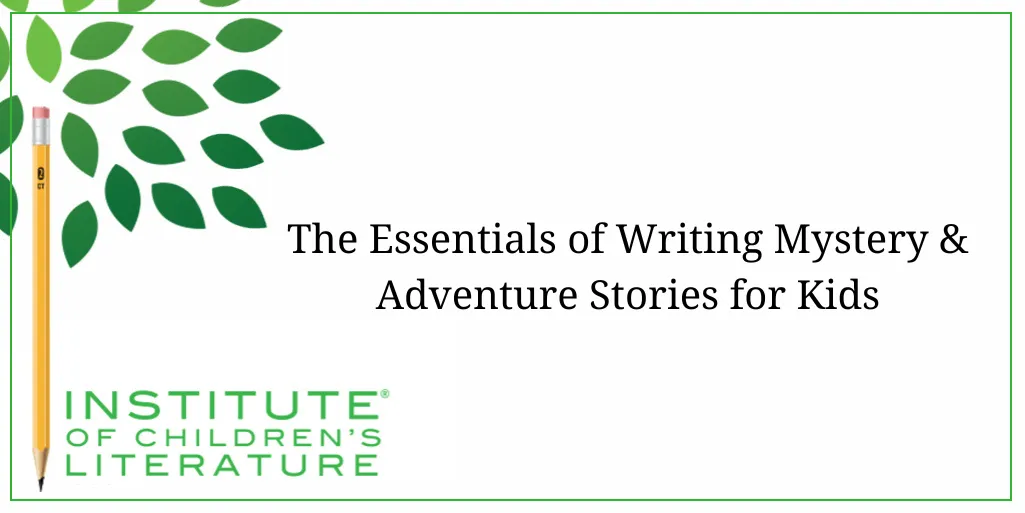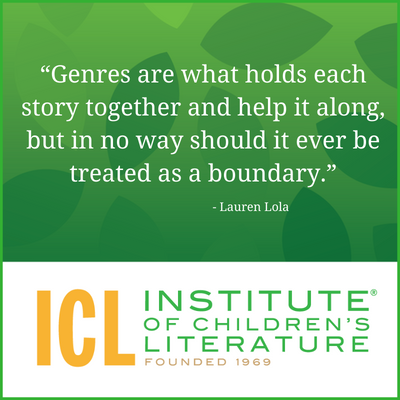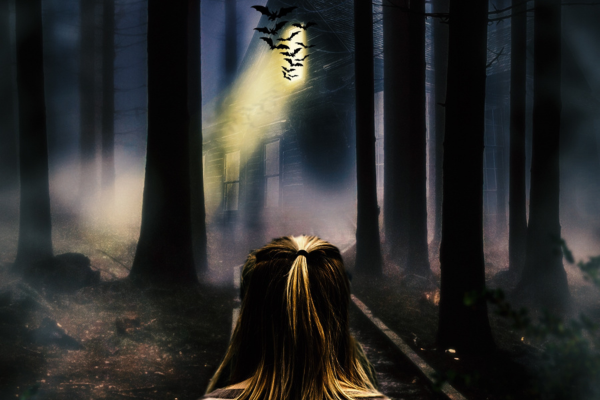
5 Ways Writers Can Prep for 2025 Goal Setting
Before we roll on to the new writing year, let’s harness our optimism for the blank slate before us and prepare for our 2025 Goal Setting just for writers.

Writing mystery and adventure stories for kids is a specific task. Many times, I’ve seen writers identify stories as belonging to a genre when the story definitely does not fit the defining features of that genre. For instance, many writers know kids like adventure (or they flatly see editors talking about adventure) so they’ll identify their story as an adventure because the characters go from one place to another. For instance, if young Jeffrey rides in his mom’s car as Mom goes on errands and Jeffrey sees a variety of things through the car window, that is not an adventure story, but I’ve seen a story just like that described as an adventure by the author.

Genre is about sorting stories into categories so that readers (including editors or agents) know what to expect from the story. Therefore, to be labeled a specific genre, it must contain elements that are common to that genre. It may not contain all the elements common to the genre, but it will contain some of them, especially the key elements. To best know what genre your story fits into, it helps to know that genre’s defining elements. Today, we’re diving into the essentials of writing mysteries and adventures.
Adventure stories are known for their action and danger. To truly be an adventure story, the main character must overcome dangerous challenges. The main character in an adventure story is usually heroic, though not always. There are certainly adventure stories where totally unprepared characters are tossed into the challenge and the reader watches the character flounder a while before they overcome and grow in courage through the process.

An adventure story for very young readers still carries an element of danger. Consider the very famous adventure picture book, Where the Wild Things Are. The main character is imagining this wild place so he’s not actually in danger, but the creatures there still have terrible teeth and long claws so very young readers definitely see the potential danger. For very young readers, the danger doesn’t have to be real, it only has to be scary.
Some elements happen often in adventure stories and can help increase the sense of peril and danger but are more flexible. For instance, adventure stories often have a ticking clock. Think about your young character who has been left behind in the woods. He might know there is a safe place he could go and wait for rescue, but he needs to reach it before night falls, as he knows both the dangers of the woods and the chance of getting really lost increase at night. The coming of night would add that ticking clock to the story.
Another common element of adventure stories is plot twists. For example, a character expects to find something when he overcomes a specific peril, only to discover things are much, much worse than he expected. This would be an adventure twist. Adventure stories are popular with young readers because they read fast, are full of action, and have that peril, so those elements definitely should be considered essential.
Though pure mysteries have fallen a little out of favor among readers, the elements of a mystery continue to be popular when mixed with other genres. Often these books are shelved and categorized by the second genre rather than being called “mysteries.” A story with mystery elements may be called humor or adventure or fantasy, even though we recognize the core elements of mystery. As a result, it’s worthwhile to look at what those core elements are.

In a traditional mystery, there will be suspects, but this is one of the mystery genre elements that is often discarded when mystery mixes into another genre. For instance, suppose we combine writing mystery and adventure. Suppose a young character comes home and finds his parent is missing. The mystery is the whereabouts of the parent. There may not be any suspects, only sources of clues to track down the parent. The first clue may even be a note from the parent saying they are off to do something important and the young character should go stay with a friend or a relative or sit tight until the parent comes back. But the main character doesn’t like that plan and wants to go find the parent, even if it’s dangerous. But where is the parent? Therein lies the mystery part of the adventure as the character goes in search of sources for clues, places to look, or people to question who might know things.
Another traditional element of writing mystery stories is the first solution that looks right, is rarely the correct one. Mysteries offer false clues and side trails that do not result in the solution. This is another element that tends to stay when mysteries are combined with another genre. It meshes particularly well with adventure since adventure stories also often have twists and turns and attempts that fail.
Next week we will look at defining elements of four other genres that are popular with young people: romance (a genre often blended with others in teen novels), historical fiction, fantasy, and contemporary. With the core elements of all the popular genres in mind, you will have the tools to begin mixing them in new and interesting ways.
With over 100 books in publication, Jan Fields writes both chapter books for children and mystery novels for adults. She’s also known for a variety of experiences teaching writing, from one session SCBWI events to lengthier Highlights Foundation workshops to these blog posts for the Institute of Children’s Literature. As a former ICL instructor, Jan enjoys equipping writers for success in whatever way she can.

Before we roll on to the new writing year, let’s harness our optimism for the blank slate before us and prepare for our 2025 Goal Setting just for writers.

Writers can be thin-skinned when it comes to getting feedback on their work. Let’s look at 4 ways to positively deal with constructive criticism!

Rejection is part of the territory when it comes to being a writer. Today we offer reflection for writers to help redirect your efforts after a rejection.
1000 N. West Street #1200, Wilmington, DE 19801
© 2024 Direct Learning Systems, Inc. All rights reserved.
1000 N. West Street #1200, Wilmington, DE 19801
© 2024 Direct Learning Systems, Inc. All rights reserved.
1000 N. West Street #1200, Wilmington, DE 19801
© 2024 Direct Learning Systems, Inc. All rights reserved.
1000 N. West Street #1200, Wilmington, DE 19801
© 2025 Direct Learning Systems, Inc. All rights reserved.
1000 N. West Street #1200, Wilmington, DE 19801
©2025 Direct Learning Systems, Inc. All rights reserved. Privacy Policy.
5 Comments